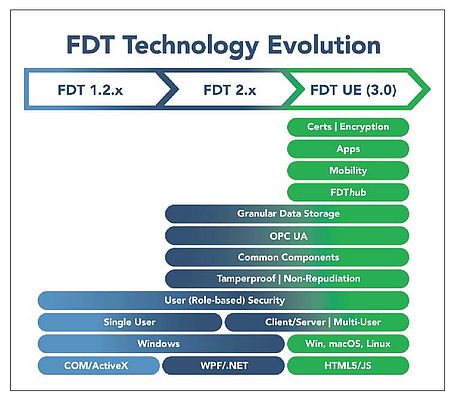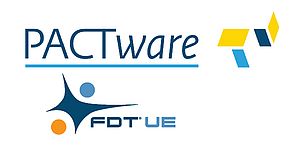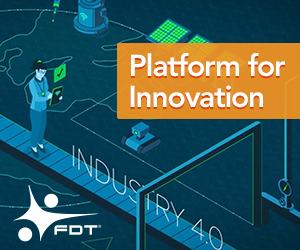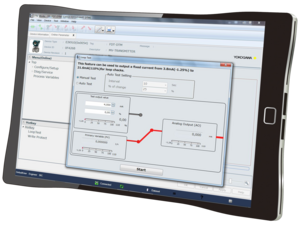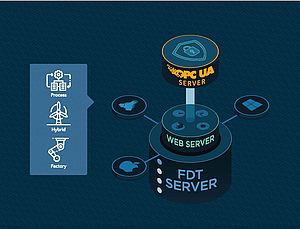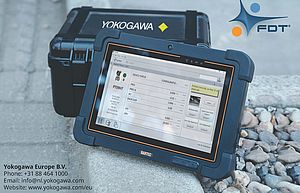Modern technologies highlighted in Industrial Internet of Things (IIoT) strategies are helping forward-thinking end users, system and device suppliers reap the benefits of smart manufacturing.
At the heart of the IIoT is the FDT Group’s integration standard. The latest version of the standard, FDT Unified Environment (UE), or FDT 3.0, has evolved to a distributed, multi-user, client/server approach. It offers a robust combination of features, including a data-centric platform with built in security offering faster performance,
ease of use, and investment protection.
For end users, system and device suppliers, FDT 3.0 is the data interoperability standard for the secure and reliable configuration and visualization in industrial automation devices and systems independent of communication protocol, vendor, device/device type/representation or information model, supporting all aspects of a control system lifecycle.
The unified environment and distributed control attributes include a single user interface that benefits both the automation supplier and end user communities in the process, hybrid and discrete manufacturing markets as these major market sectors merge and streamline per market demands and for better overall efficiency, production and quality.
The key driver of FDT’s smart manufacturing functionality starts with Device Type Managers™ (DTMs™) running the new FDT 3.0 standard. Globally adopted and internationally recognized by ISA 103, GB-T 29618-2017 and IEC 62453 organizations, tens of millions of DTM-enabled devices world-wide are serviced by FDT hosting environments, and all major control system and device vendors support FDT technology.
The flexible FDT Server architecture and robust FDT Desktop environment bridge the FDT install base with next-generation technology. Enhancements focus on enabling mobility strategies, securing all layers of the architecture, and eliminating device management headaches by placing all certified DTMs in the FDThub™ DTM repository for automatic download and installation.
JUMP-START MIGRATION
Today, there are millions of DTMs deployed using FDT 1.2 and FDT 2.0. Those DTM-enabled devices can integrate into new FDT UE hosting environments. To take advantage of FDT UE’s new capabilities, device vendors need to update their DTMs to support the new FDT 3.0 specification to allow IT/OT data consistency and mobile access via any OPC UA or FDT client.
From a single-user desktop application for device integration, configuration, and monitoring to a multi-user distributed server application architecture, FDT UE enables modern remote operational lifecycle management.
The vendor community can jump-start FDT development with a modernized Integrated Development Environment (IDE), known as Common Components, to create next-generation, data-centric FDT Server, FDT Desktop and FDT DTM solutions.
These toolkits, available for use with any of the major operating systems, ensure specification compliance, greatly enhance interoperability, and work together to help developers deliver an ecosystem of FDT IIoT-enabled solutions while expediting time to market.
Learn more about FDT 3.0 common components. FDT toolkits are available here: https://www.fdtgroup.org/development/
Author: Steve Biegacki, FDT Group Managing Director


